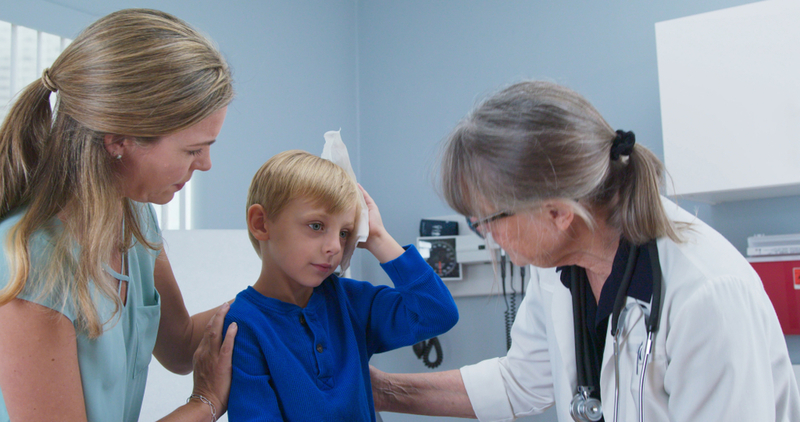Researchers study new method of assessing severity of children's brain injuries: The Lancet
MedicalXpress Breaking News-and-Events Aug 07, 2019
A team of international scientists, including Melbourne researchers, has found blood samples can help gauge the severity of children's brain injuries, indicating which children will recover and which will need ongoing support.

The Murdoch Children's Research Institute (MCRI), working with Canadian scientists, analyzed blood from 158 children who presented with head injuries at children's hospitals in Melbourne, Toronto, Montreal, and Vancouver from 2011 to 2013. These patients were selected from a pool of 1,680 children who presented with head injuries. Their results were compared with those of 416 healthy children. The study is published in The Lancet journal.
MCRI's clinical services director professor Vicki Anderson says that traumatic brain injury is the leading cause of death and acquired disability for children in high-income countries like Australia and Canada.
"Around 0.7% of the child population is treated in emergency departments every year for traumatic brain injury, that's almost one in a hundred children," Anderson said. "The leading causes of traumatic brain injury to children are falls, car crashes, sport, and abuse."
Anderson says the study looks at whether levels of a blood biomarker—a protein called tau—can help better understand the severity of brain injury in children under 18.
"CT scans are used to diagnose brain injury but there are concerns about exposing children to radiation and young children often need to be sedated," she says.
"Doctors can measure levels of the neuronal microtubule-associated protein tau and this indicates the severity of brain injury in adults. However tau levels naturally fluctuate more in children so research was needed to test whether this would work."
Anderson says the study has found that measuring levels of tau in older children gives doctors an indication of the severity of mild brain disorders; however, more research is needed.
"Measuring tau levels will help us identify which children with brain injury will recover well and which will have the highest risk of ongoing problems and so require treatment, such as rehabilitation and ongoing support at school," she said.
Anderson said the team believes this is the first large-scale study to report on tau concentrations in both healthy children and children with traumatic brain injury. "Tau levels naturally fall in healthy children as they age but tau increases immediately after a traumatic brain injury."
Anderson says to use blood samples to assess the severity of child brain injuries, the team first established what the normal levels of tau in children should be according to age.
"We showed that tau decreases as children grow, with three significant age partitions: Less than 4 years, 4 to 15 years, and 16 to 19 years," she says.
Anderson says future studies are needed to look at tau levels after the first day of injury and also to search for other biomarkers of brain injury.
-
Exclusive Write-ups & Webinars by KOLs
-
Daily Quiz by specialty
-
Paid Market Research Surveys
-
Case discussions, News & Journals' summaries